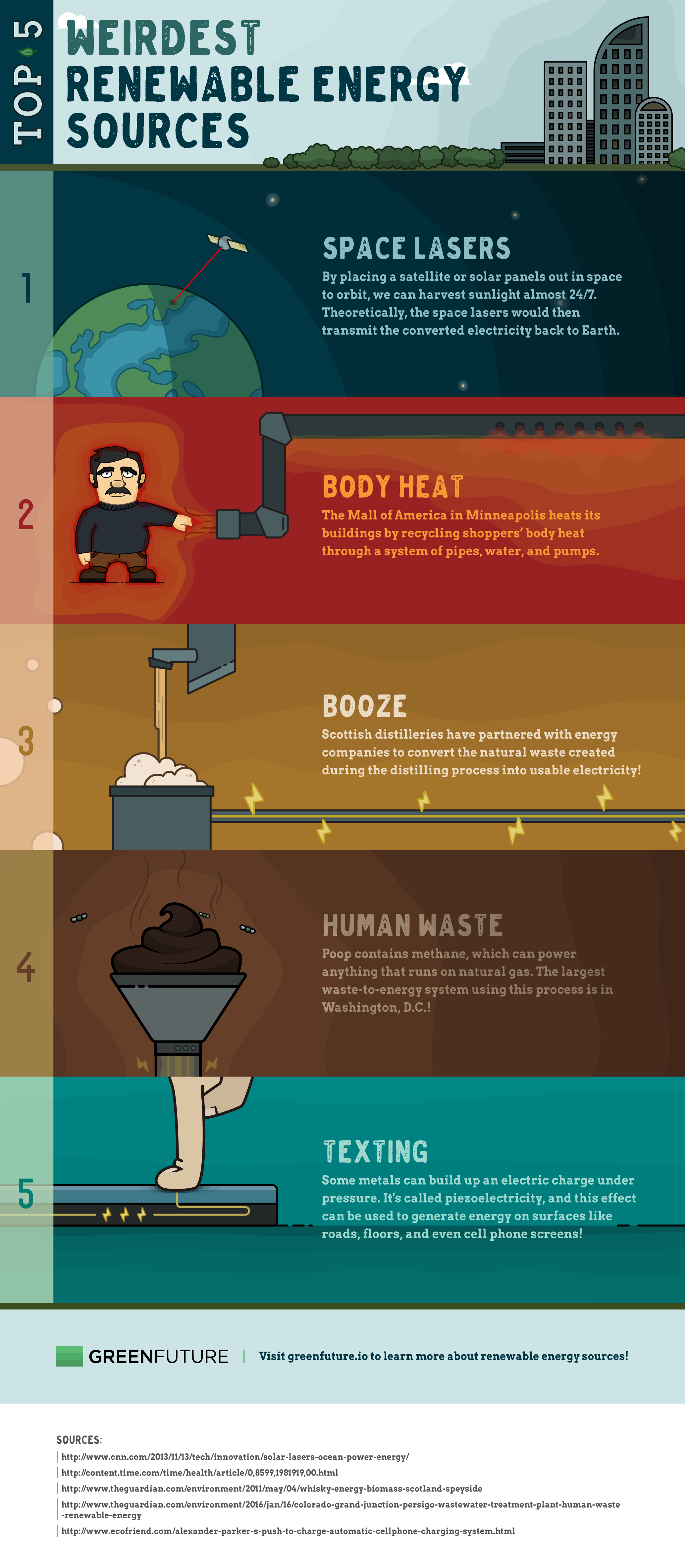In a 2012 study from Applied Microbiology and Biotechnology, researchers from the University of Almería discovered that the conversion of carbon dioxide (CO2) into biomass by microalgae could reduce overall CO2 emissions by up to 80 percent. That figure is surprising for two reasons:
- An 80 percent reduction in CO2 levels could help dramatically reduce the effects of global warming.
- Algae is an unexpected energy source, particularly because it’s relatively easy to grow and can survive with non-potable water
Algae is by no means the strangest energy source on the planet. While wind and solar energy are promising forms of renewable energy, stranger sources — like alcohol, texting, and even body heat — could form important elements of an integrated power grid system in the near future.
Notably, algae biofuel research was delayed in the mid-1990s because of a lack of funding. Algae fuel was a hot topic in the 1970s because of embargoes and oil price surges, which made renewable fuel research look like a worthwhile endeavor. Since then, algae biofuel research has resurged — but it could have been decades ahead of the curve.
For some of the more unusual fuel sources in the list below, research is just beginning. But our planet’s health is at stake: CO2 levels haven’t been this high since an asteroid wiped out the dinosaurs.
Check out the weirdest renewable fuel sources in development in the infographic below, created by Green Future.

